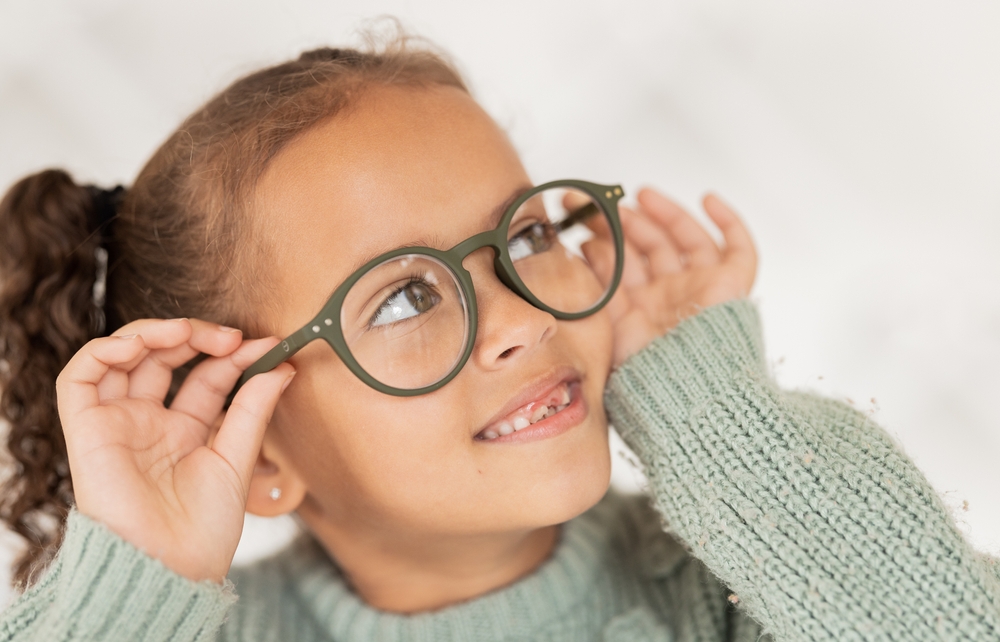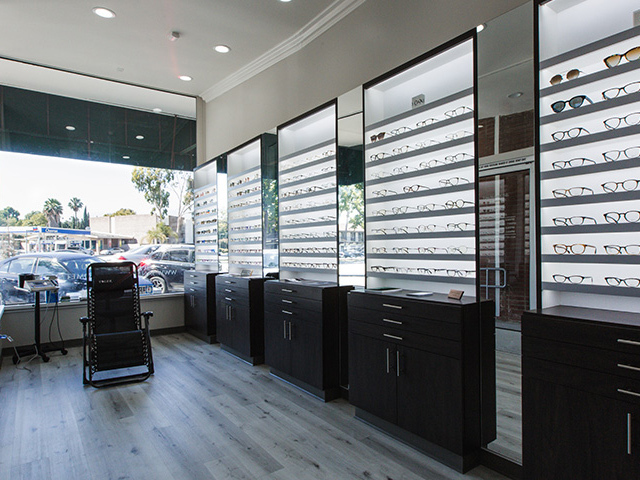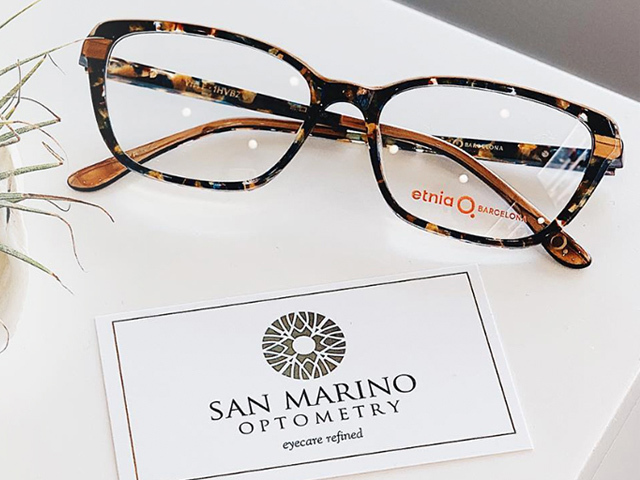
Myopia is a common eye condition in children that affects their distant vision. They can see objects close to them clearly, but objects farther away appear blurry. Understanding myopia in children is crucial because it can significantly impact their everyday life. It can affect their performance in school, sports, and other activities, leading to frustration and low self-esteem.
The Importance of Early Detection of Myopia
Early detection of myopia in children is essential. It allows for timely intervention, which can slow down or even stop the progression of the condition, reducing the risk of developing high myopia and its associated complications in the future.
One of the most common signs of myopia in children is difficulty in seeing distant objects, such as the blackboard in school. Children might also squint, frown, or experience headaches and eye strain. They may sit too close to the television or hold books and devices very close to their eyes. If you notice any of these signs, it's important to schedule an eye exam for your child immediately.
Children might not realize on their own that their vision is not as clear as it should be, since they have no point of comparison. They might think that everyone sees the world as they do, which is why adult observation and regular eye exams are crucial.
The Benefits of Early Correction of Myopia in Children
Early correction of myopia in children has many benefits. Firstly, it can dramatically improve their quality of life. Clear distant vision can enhance their academic performance, participation in sports and outdoor activities, and overall confidence.
Secondly, early correction of myopia can slow down its progression. Myopia tends to get worse throughout childhood and adolescence, as the eye continues to grow. But with early intervention, it's possible to control this growth and keep myopia at a manageable level.
Lastly, early correction can decrease the risk of myopia-related complications in adulthood. High degrees of myopia can lead to serious eye conditions such as glaucoma, cataracts, and retinal detachment, which can cause vision loss. By correcting myopia early, we can protect our children's vision in the long run.
When Should Myopia Be Corrected in Children?
When should myopia be corrected in children? The answer is as soon as it is detected. There's no minimum age for starting myopia correction. The key is to start correction as soon as possible after the diagnosis. This does not necessarily mean that your child will need glasses or contact lenses right away. The best approach to myopia correction will depend on the child’s age, the degree of myopia, and the rate of progression.
Myopia Management Methods
There are several child myopia management methods available today. These include glasses, contact lenses, atropine eye drops, and orthokeratology.
Glasses are the most common form of correction for myopia. They are safe, easy to use, and can be designed to not only correct the existing myopia but also to slow down its progression.
Contact lenses work in a similar way to glasses, but they sit directly on the eyes. Some types of contact lenses, known as myopia control lenses, can slow down the progression of myopia in some children.
Atropine eye drops and orthokeratology are less common, but can be very effective in controlling myopia. Atropine eye drops are used to relax the eyes and slow down myopia progression, while orthokeratology involves the use of specially designed contact lenses that reshape the cornea overnight, temporarily correcting myopia.
Ensuring Clear Vision for a Bright Future
Myopia is a common vision issue in children that requires early detection and correction. With the right approach, we can not only improve our children's current quality of life, but also protect their vision in the future. Remember to schedule regular eye exams for your child, and if myopia is detected, start correction as soon as possible using the appropriate myopia management method.
To learn more on myopia in children and management methods, visit San Marino Optometry at our office in San Marino, California. We proudly serve the San Marino, San Gabriel, and Arcadia communities. Please call (626) 415-3600 to schedule an appointment today.





